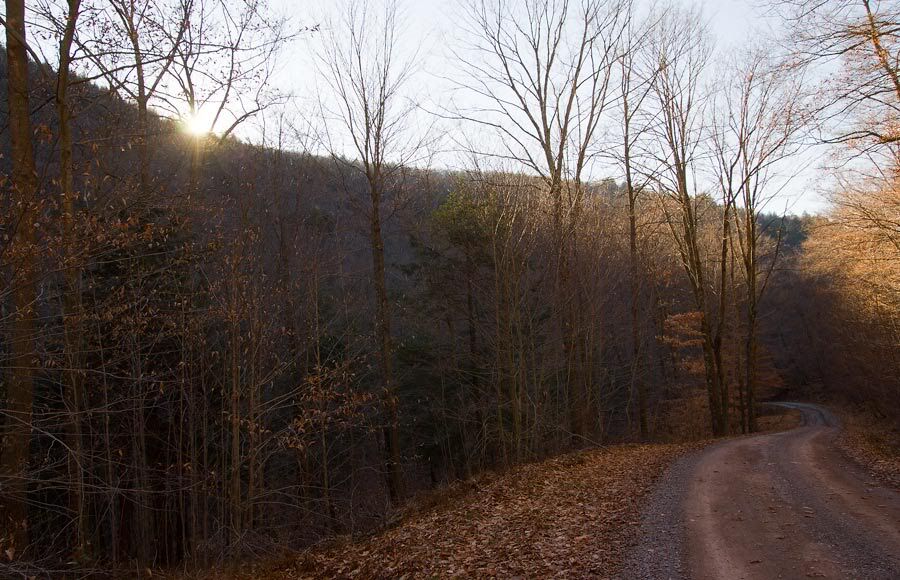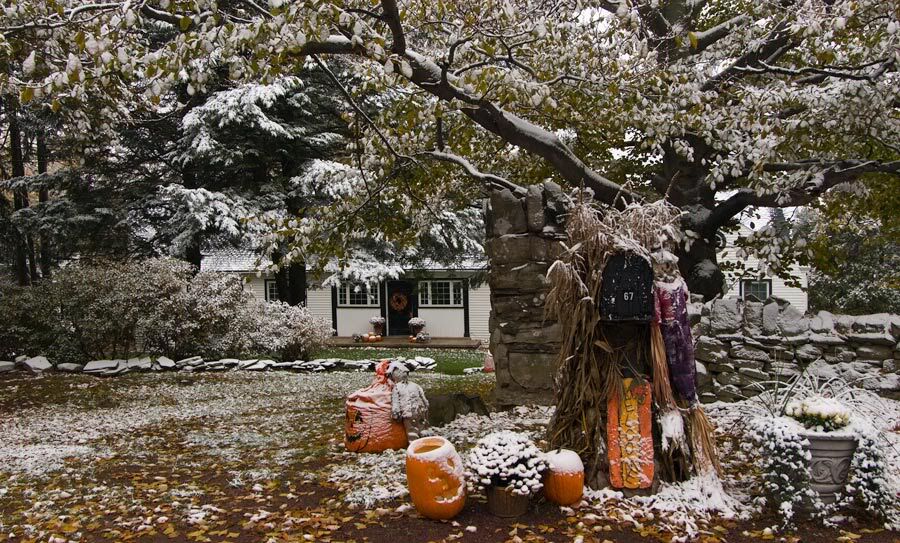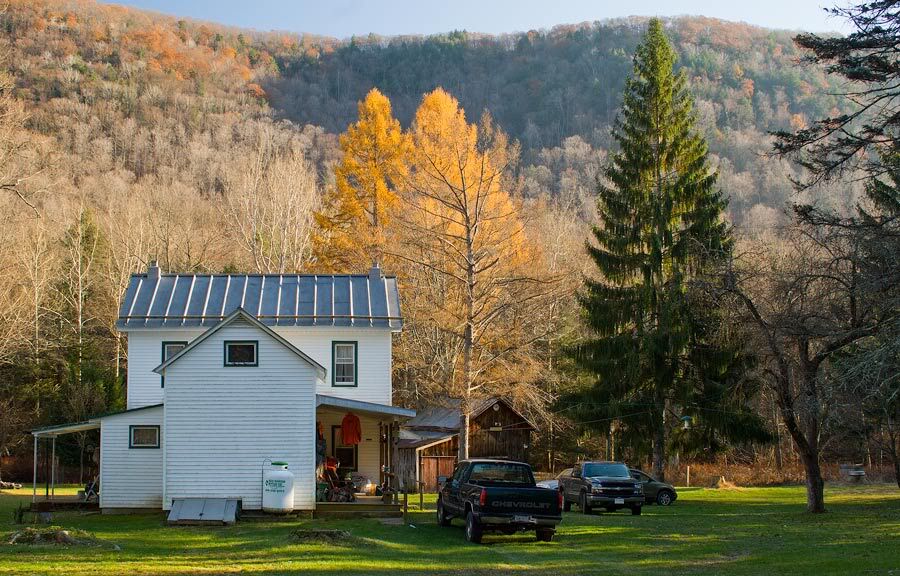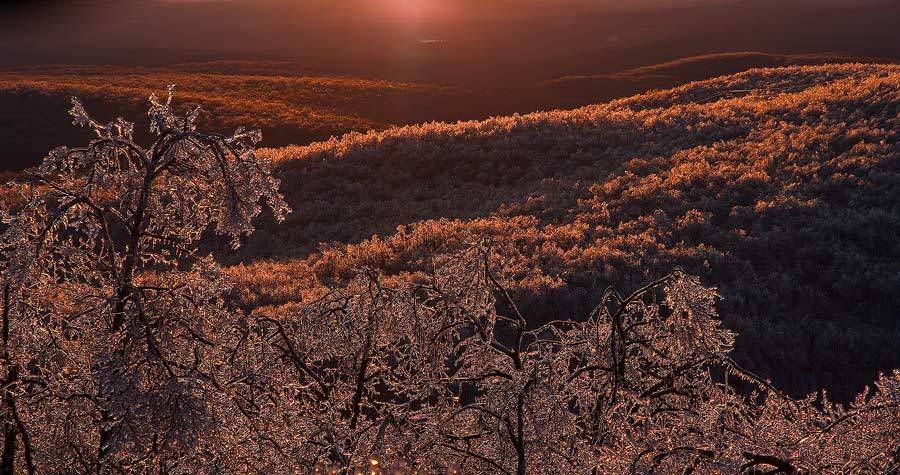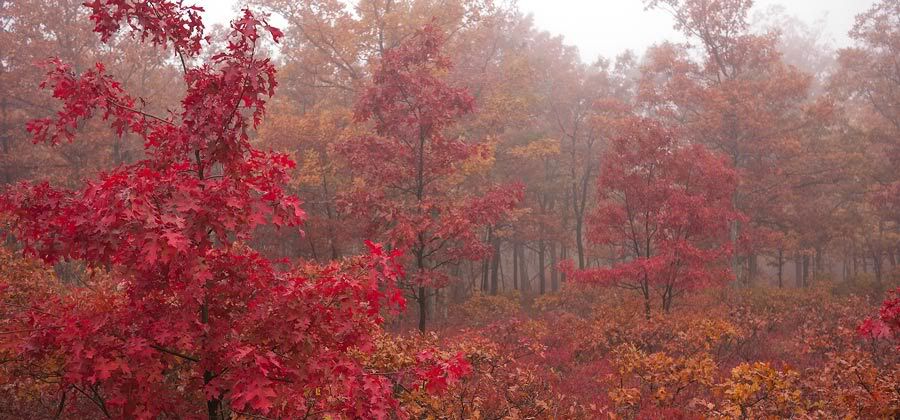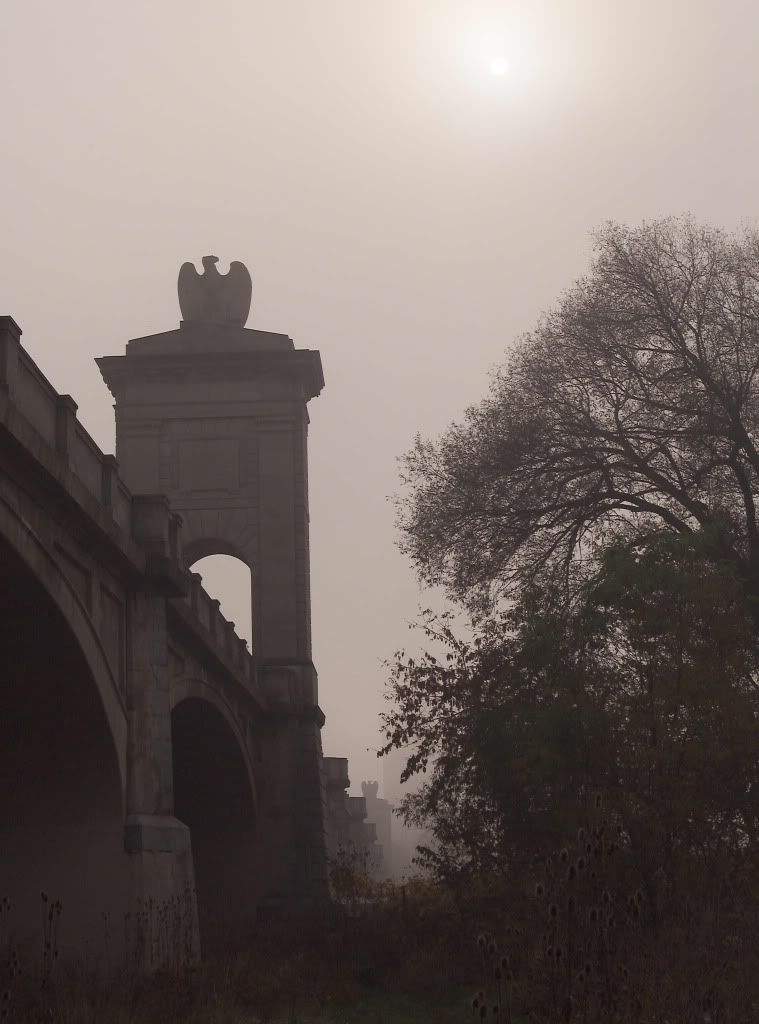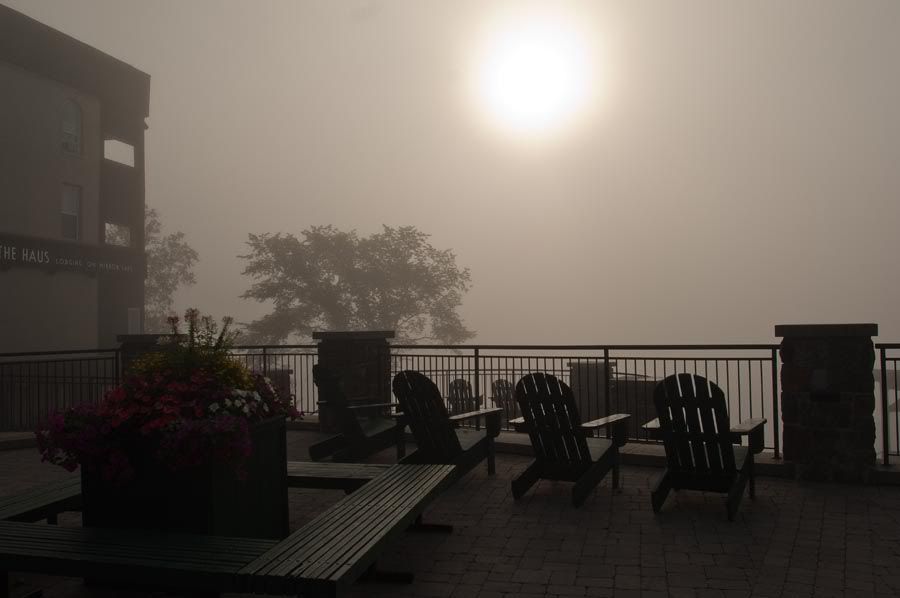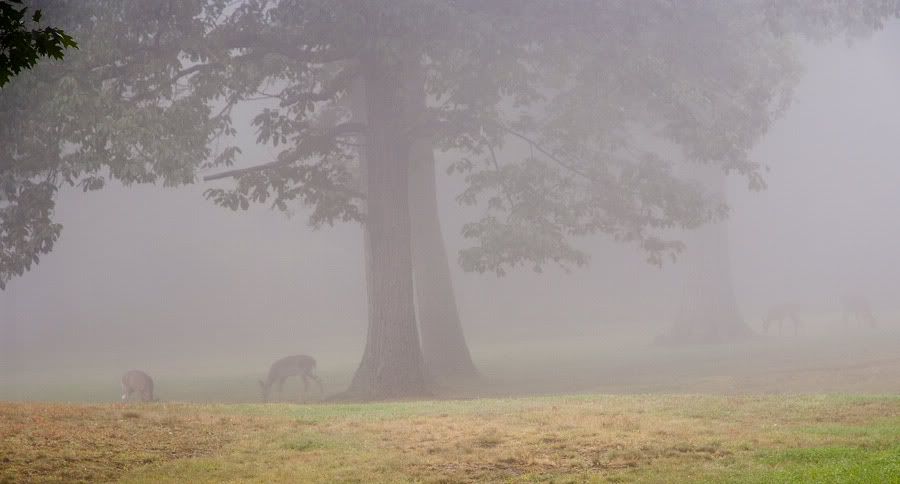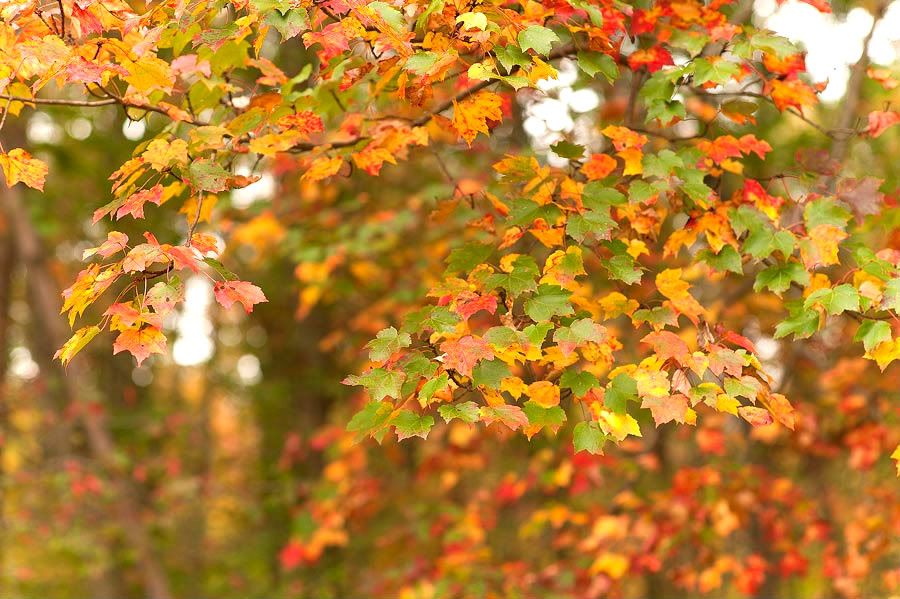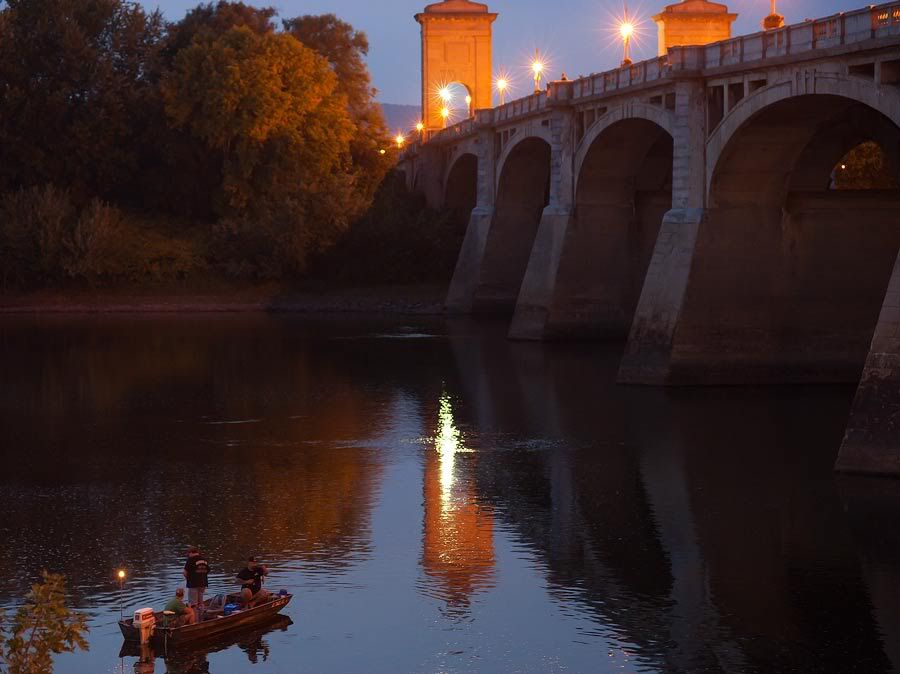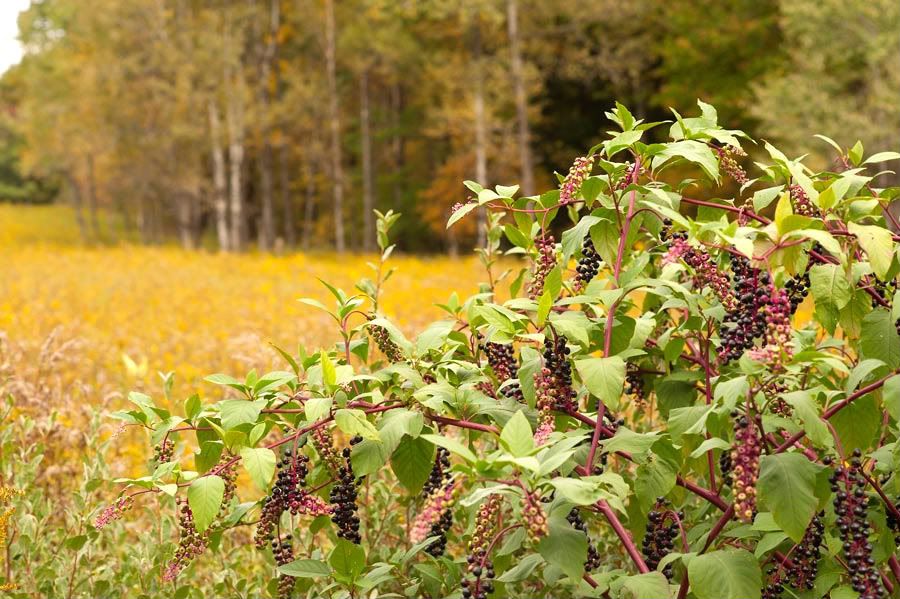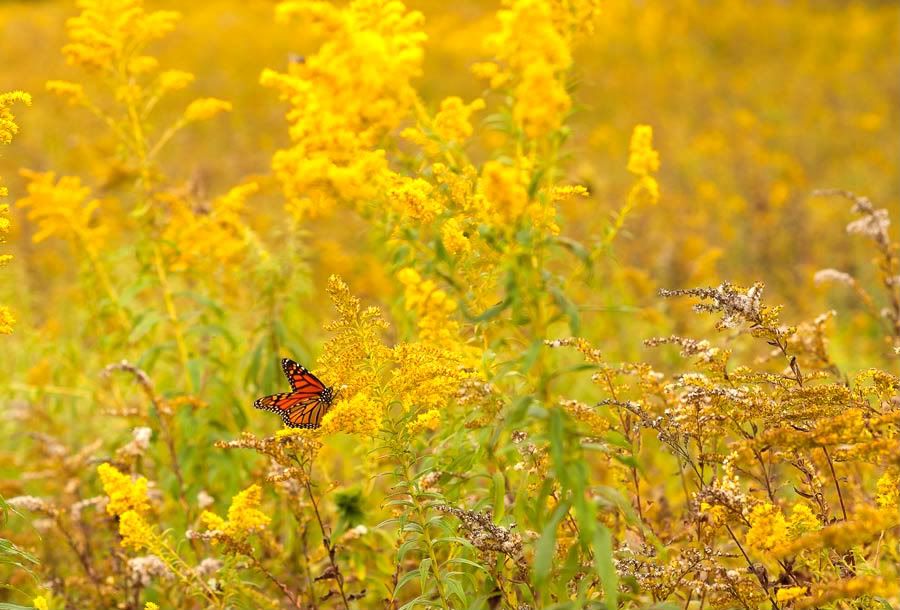
Pennsylvania Winter Farm (Nikon D7000, Nikkor 16-85mm f3.5)
Occasionally, a budding photographer will approach me for advice on how to capture better images.
I think that my answer must disappoint them. I’m sure most beginners really hope that I can direct them towards the purchase of a particularly sexy piece of gear, such as a camera body, or a particular lens that will set their photography afire.
They want to talk about gear. I want to talk about composition, and technique. Particularly, I want to talk about rather mundane basics such as the nature of optics, shooting discipine, and camera, and lens support.
Not that there aren’t some great photographs blurred by subject motion, or camera movements.
Most great images are sharp, even if it is at a narrow point of focus selected by the shooter.
Generally, for an image to be sharp, the camera and lens need to be still relative to the subject, as the shutter is released.
Now, there are many ways to properly stabilize a camera.
My first rule would be: the human body unaided, is at best, only a fair camera support. Now true enough, a practiced pro shooter can hand-hold, and certainly achieve great results, usually far better than an amateur. There are reasons for this. First, the pro is practiced at taking still images, much in the way a fine marksman, can draw a bead and hold very steadily on his target. It takes concentration and lots of repetition. There are places to learn this: here, and here.
Most amateurs have lousy technique. They think that they can hold a camera, arms akimbo, far out from the body, trying to shoot a telephoto shot through a slow zoom lens, at an impossibly slow shutter speed, and still achieve Sports Illustrated quality shots of their precious soccer-playing offspring. It doesn’t work that way.
A pro understands that the proper shooting technique is to hold the arms close in to the body elbows braced against the chest or abdomen, and the viewfinder pressed against the face. Holding as modern digital camera out away from you while you frame with the viewfinder, is generally going to lead to fair snapshots, but lousy fine art prints.
Also, often pro camera gear, is heavier. This means that the poke of the finger on the shutter, and the movement of the mirror and shutter, on an SLR, is working against the greater mass of, for instance, a heavy, metal-bodied camera such as a Canon 1Ds mark II, rather than a diminutive plastic consumer grade Digital Rebel. It thus creates less blur-inducing movement.
Most landscape purists use tripods… period. Many shoot large-format cameras that are too unwieldy to be practical for anything but tripod mounting. The true purist would use, very heavy tripods with equally beefy camera mounts that add mass to the camera body and couple it rigidly to the floor or ground, essentially eliminating camera movement.

Camera Support (Nikon D7000, Nikkor 16-85mm f3.5)
Tripods are great for detailed images. They are less useful when for hiking long distances, for discreet shooting and sometimes, for spontaneity.
Obviously, there are available, stabilized lenses, known as IS lenses for Canon,OIS for Panasonic, and VR lenses for Nikkor. These can partially make up for camera shake. Modern Sony, Olympus, and Pentax SLR lenses are generally stabilized by the camera body itself. Whether in the lens or body, stabilization is a useful feature, but can only be counted on to compensate for modest camera movements at reasonably fast shutter speeds.
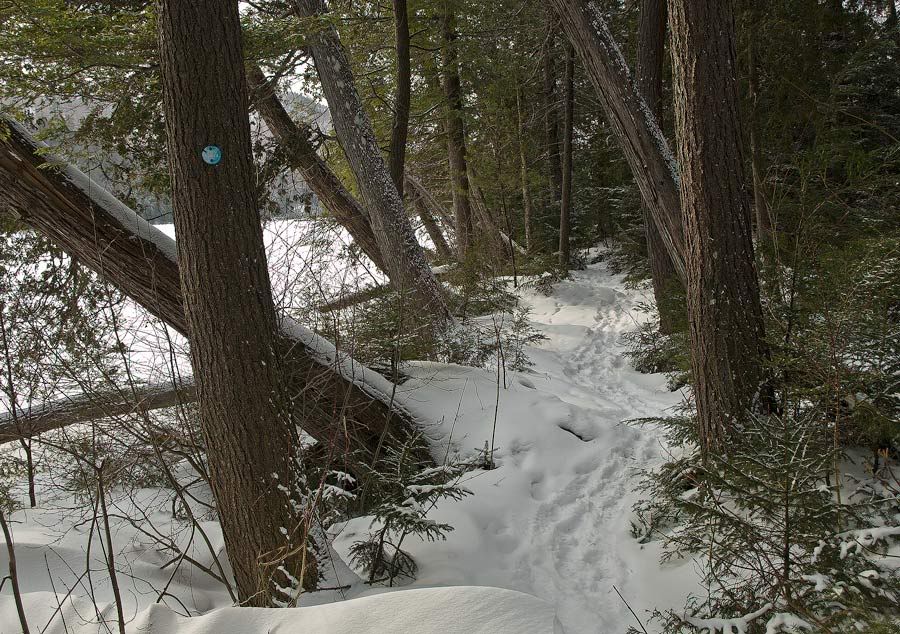
Coppras Pond Shore (Olympus 510, Zuiko 11-22mm f2.8)
Combining a heavy tripod with a remote shutter release (or releasing the shutter by using the camera self timer) is still the best way to obtain sharp, enlargable landscape prints. This is especially true when shooting moving water, or in low light situations. We should probably all do this, all the time.

Lucifer Falls (Fuji S3, Tokina 28-80 f2.8)
In fact, good technique and less megapixels, will sometimes trump bad technique with more megapixels in terms of fine detail reproduction.
I have walked, snowshoed, and skied many miles with a tripods strapped to my pack. In a target-rich photographic environment, I sometimes leave the body and lens attached to the tripod, and travel with the combination over my shoulder, much like the way Huck Finn would carry a fishin’ pole.
Lately though, I have changed tactics. I found that sometimes setting up all the gear to work as a purist means that there are shots you won’t take because, it’s too much trouble. I still do use a tripod on formal shooting days. But for more casual opportunities, or for situations where I think that the neighbors will react badly to my presence, I use other techniques.
Cross-country skiing is one example. I have two ski poles in hand, and often, no where convenient to carry a monopod. I will then have to improvise.
Holding crossed ski (or hiking) poles with my thumb and third to fifth finger, I can improvise a bipod with the pair. My index finger can then encircle the barrel of the lens which rests in the cross. This works pretty well.

Whiteface Mountain,Wilmington Trail (Panasonic G1, Lumix 14-45 f3.5-5)
Trees when well located can be used to stabilize things, either by leaning against them, or bracing the camera hard against the bark. A small sandbag in your bag is helpful to facilitate the latter.
Any firm stable object can be useful. Fence post and bridge rails make fine camera supports. With SLRs, it is useful to press the camera into the support, to damp the movement of the mirror. Again a sandbag is useful to position the camera on a hard surface.
Logs, the hood of your car, your mountain bike seat, even rocks in the middle of a stream, can offer a shooting platform, as well as a non-intuitive, but unique shooting viewpoint. The Panasonic G 1-G1h- G2h-series cameras are great for this as they have an articulating view screen for framing at weird angles, are physically small, and have no mirror, and thus no “mirror slap” to dampen.
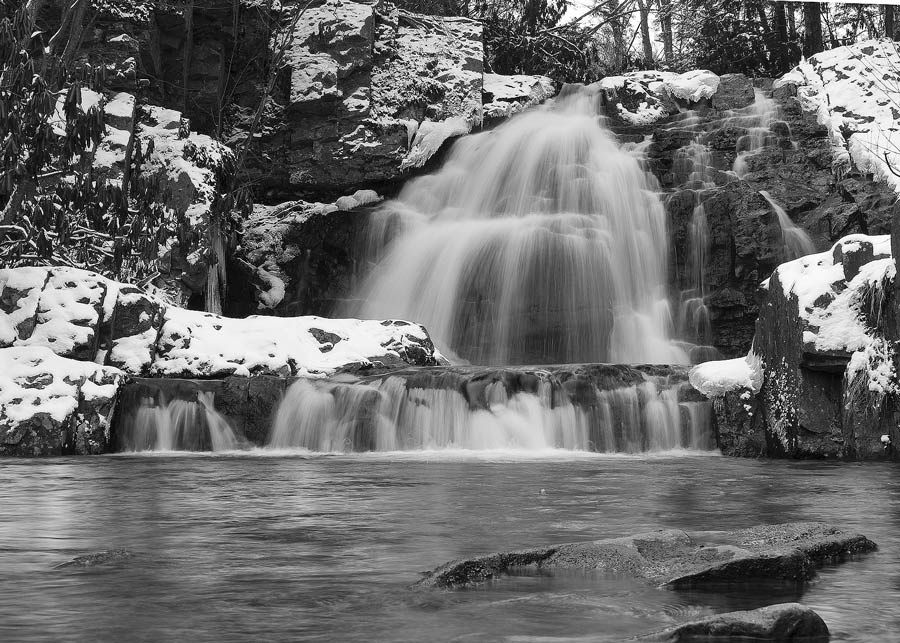
Hawk Falls, Winter (Panasonic G1, Lumix 14-45mm f3.5-5)
Finally, most often lately, I use a monopod. Mine is a steel Bogen-Manfrotto unit with a sturdy ballhead mounted, a ballhead similar to, if less robust than the one on my good Gitzo tripod. Both ballheads use the same camera shoe so that I can switch back quickly between support options.
The monopod is a solid, heavy steel unit. The weight is an advantage when mechanically coupled to the camera, and then to the ground. There is a rubber foot, which can be slipped off to reveal a metal spike.
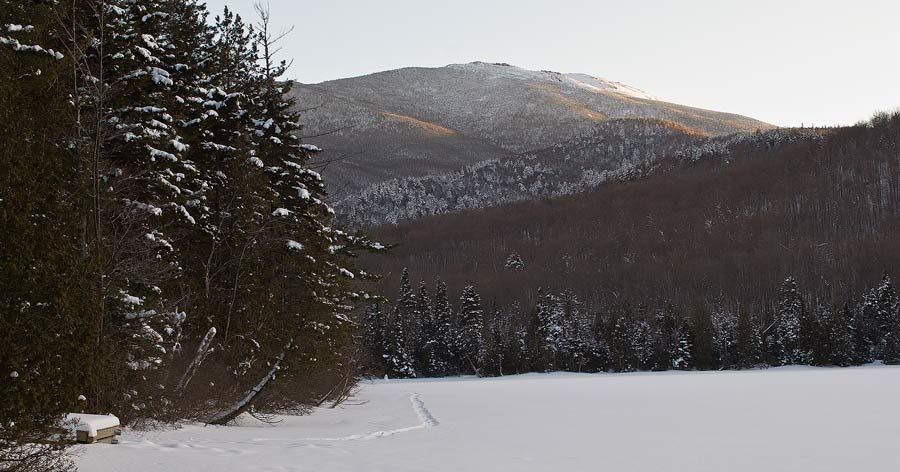
Wright Peak, from Heart Lake (Nikon D2x, Tokina 28-80mm f2.8)
It makes a robust hiking pole. I keep it in my car wedged between the passenger seat and the console where it is readily available for “grab shots”. I have also suspected it would make a formidable self-defense weapon.

Monopod in my Car (Nikon D7000, Nikkor 16-85mm f3.5)
For landscape photography, I extend the monopod to the length I need. I make sure all of the joints are tightly locked. I position the camera with the ball head and then lock it down tight. I find that placing some weight on the camera-monopod assembly and making sure it if firmly engaged with the ground before tripping the shutter, allows me to take very sharp images even at marginal shutter speeds. I can grab good shots very quickly with a monopod in situations where a tripod would be slow and cumbersome.

Circling at Lake Silkworth ( Panasonic G-1, Lumix 14-45mm f3.5-5)
If you aspire to create photographic images beyond the average, you need to spend time learning the basics.
These methods may seem tedious and even stifling. Always remember that good camera technique and save you from opening your compositional masterwork, the one you hiked hours to capture, only to find is a blurred, unprintable mess.
Take the time and trouble.
It’s worth it.


